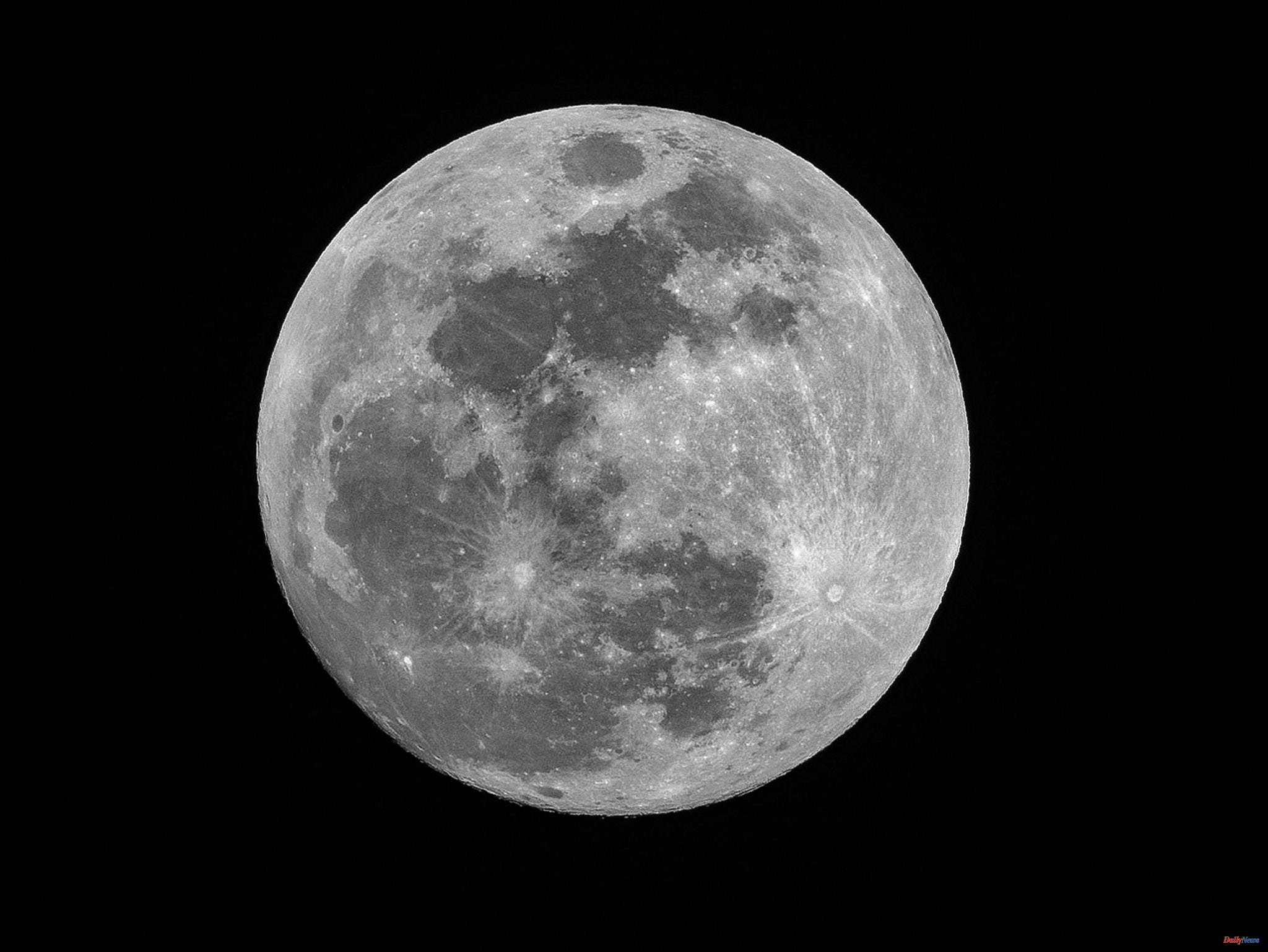We are entering March, with spring just around the corner. The 2023 lunar calendar brings us the third full moon of the year, the Worm Moon, although this month brings us other stellar dates such as the spring equinox, the end of winter.
It should be remembered that 2023 is a somewhat exceptional year regarding full moons. As Rafael Bachiller, director of the National Astronomical Observatory (National Geographic Institute) and academic at the Royal Academy of Doctors of Spain, explains, the year has 12 months (a total of 365 or 366 days), so it contains some 12.4 lunations. . Thus, depending on the fit of the lunar cycles in the calendar, there can be years in which not 12, but 13 full moons occur. This is the case in 2023. Each month of the year will have a full moon, except August, which will have two: one on the 1st and another on the 31st.
The last full moon of winter takes place on Tuesday, March 7, 2023. The ancient tribes of what is now North America baptized that moon as the Worm Moon, since it appeared in the sky coinciding with the appearance of the first worms on the planet. ground that was beginning to thaw.
The full moon occurs when the Earth is located in a straight line between the Sun and the Moon. At this moment, the lunar disk appears fully illuminated and very bright, making it possible to locate the main features of the near side of the moon, such as the seas and the largest craters, very easily.
During the course of a month the Moon orbits the Earth once, each cycle passing through four main phases:
Beyond our satellite, the month of March brings the spring equinox, which marks the beginning of the new season. By convention, the beginning of the seasons is marked by the instant in which the Earth is in a certain position in its orbit around the Sun, specifically with the rays of the star pointing directly on the equator line (the two poles of the Earth They will be the same distance from the Sun. In 2023, the change of season occurs on Monday, March 20.
According to the criteria of The Trust Project












